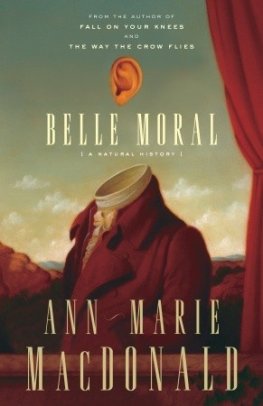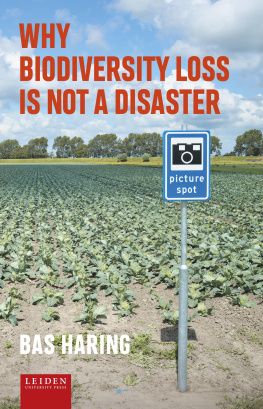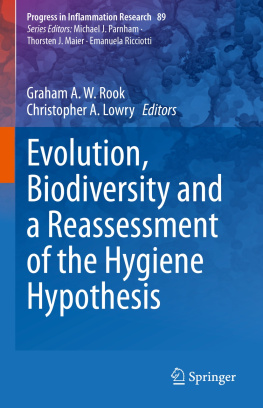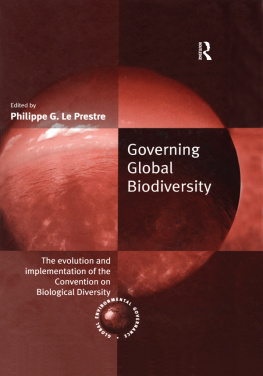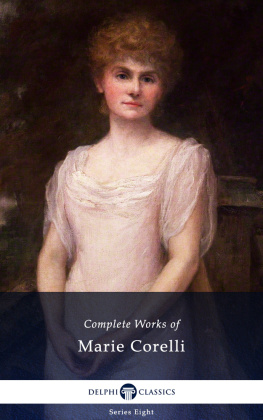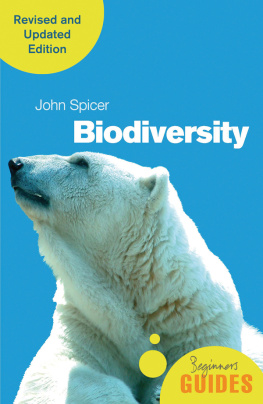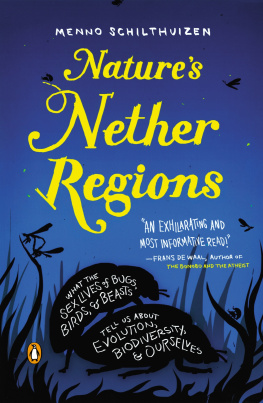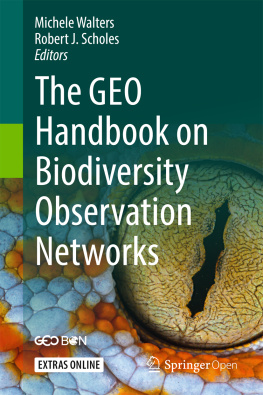Maurel Marie-Christine - Biodiversity and Evolution
Here you can read online Maurel Marie-Christine - Biodiversity and Evolution full text of the book (entire story) in english for free. Download pdf and epub, get meaning, cover and reviews about this ebook. City: San Diego;CA;USA, year: 2018, publisher: Elsevier Science, genre: Religion. Description of the work, (preface) as well as reviews are available. Best literature library LitArk.com created for fans of good reading and offers a wide selection of genres:
Romance novel
Science fiction
Adventure
Detective
Science
History
Home and family
Prose
Art
Politics
Computer
Non-fiction
Religion
Business
Children
Humor
Choose a favorite category and find really read worthwhile books. Enjoy immersion in the world of imagination, feel the emotions of the characters or learn something new for yourself, make an fascinating discovery.

- Book:Biodiversity and Evolution
- Author:
- Publisher:Elsevier Science
- Genre:
- Year:2018
- City:San Diego;CA;USA
- Rating:4 / 5
- Favourites:Add to favourites
- Your mark:
- 80
- 1
- 2
- 3
- 4
- 5
Biodiversity and Evolution: summary, description and annotation
We offer to read an annotation, description, summary or preface (depends on what the author of the book "Biodiversity and Evolution" wrote himself). If you haven't found the necessary information about the book — write in the comments, we will try to find it.
Biodiversity and Evolution — read online for free the complete book (whole text) full work
Below is the text of the book, divided by pages. System saving the place of the last page read, allows you to conveniently read the book "Biodiversity and Evolution" online for free, without having to search again every time where you left off. Put a bookmark, and you can go to the page where you finished reading at any time.
Font size:
Interval:
Bookmark:
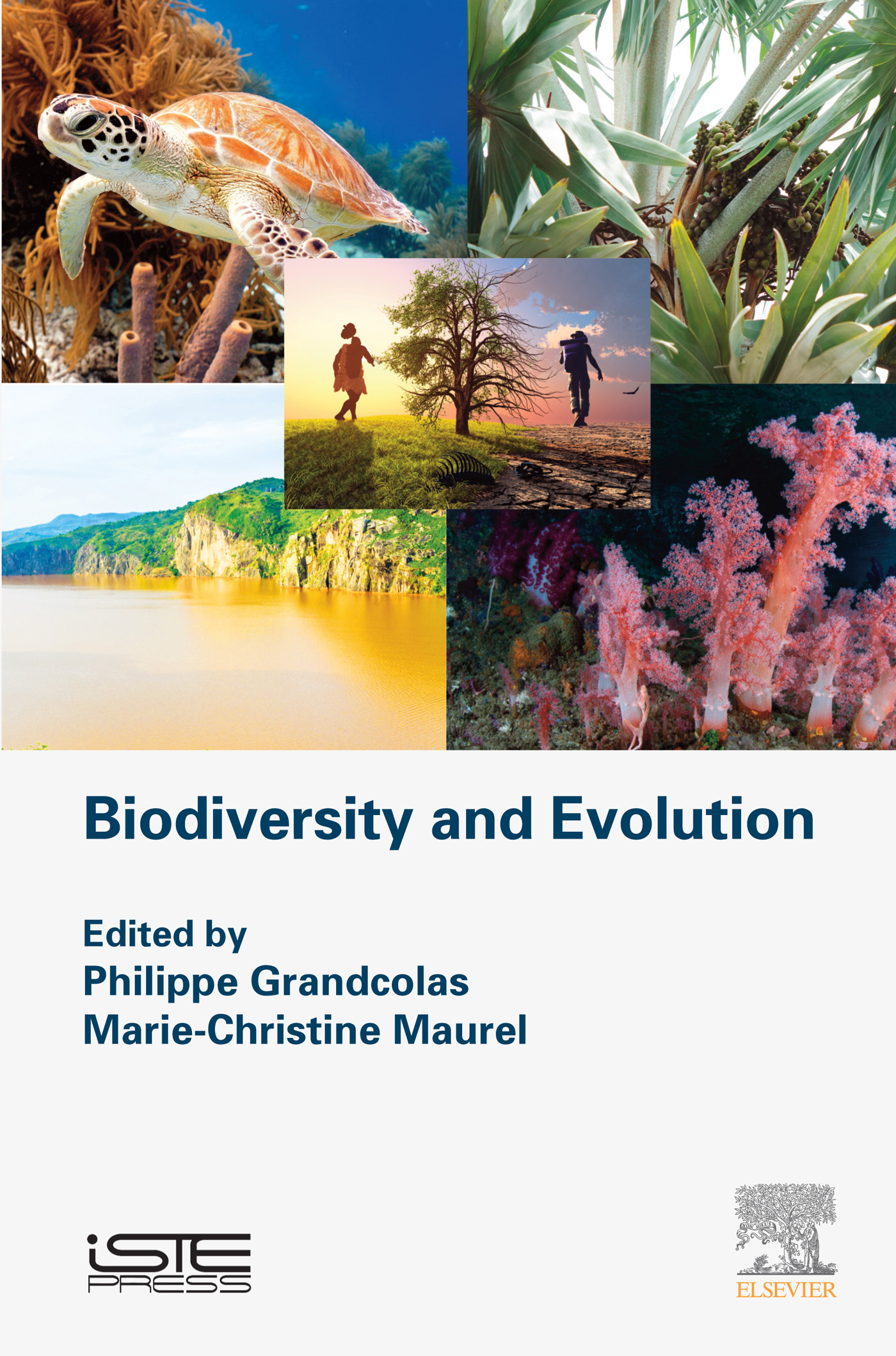
Philippe Grandcolas
Marie-Christine Maurel
Series Editor
Marie-Christine Maurel

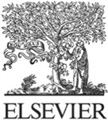
First published 2018 in Great Britain and the United States by ISTE Press Ltd and Elsevier Ltd
Apart from any fair dealing for the purposes of research or private study, or criticism or review, as permitted under the Copyright, Designs and Patents Act 1988, this publication may only be reproduced, stored or transmitted, in any form or by any means, with the prior permission in writing of the publishers, or in the case of reprographic reproduction in accordance with the terms and licenses issued by the CLA. Enquiries concerning reproduction outside these terms should be sent to the publishers at the undermentioned address:
ISTE Press Ltd
27-37 St Georges Road
London SW19 4EU
UK
www.iste.co.uk
Elsevier Ltd
The Boulevard, Langford Lane
Kidlington, Oxford, OX5 1GB
UK
www.elsevier.com
Notices
Knowledge and best practice in this field are constantly changing. As new research and experience broaden our understanding, changes in research methods, professional practices, or medical treatment may become necessary.
Practitioners and researchers must always rely on their own experience and knowledge in evaluating and using any information, methods, compounds, or experiments described herein. In using such information or methods they should be mindful of their own safety and the safety of others, including parties for whom they have a professional responsibility.
To the fullest extent of the law, neither the Publisher nor the authors, contributors, or editors, assume any liability for any injury and/or damage to persons or property as a matter of products liability, negligence or otherwise, or from any use or operation of any methods, products, instructions, or ideas contained in the material herein.
For information on all our publications visit our website at http://store.elsevier.com/
ISTE Press Ltd 2018
The rights of Philippe Grandcolas and Marie-Christine Maurel to be identified as the authors of this work have been asserted by them in accordance with the Copyright, Designs and Patents Act 1988.
British Library Cataloguing-in-Publication Data
A CIP record for this book is available from the British Library
Library of Congress Cataloging in Publication Data
A catalog record for this book is available from the Library of Congress
ISBN 978-1-78548-277-9
Printed and bound in the UK and US
Philippe Grandcolas
The word biodiversity is fashionable. This term, which is a contraction of biological diversity, was penned by Thomas Lovejoy, Walter G. Rosen and Edward Osborne Wilson to refer to the living world without any restriction of aspect or study level . In the dramatic context of the sixth extinction, the word was so popularized by countless publications that it became well known to all. In only a few decades, the word biodiversity then replaced another one the living world to identify this essential element of our environment. It focuses on the differences between individuals (variety) rather than their main common points (living world laws). After our altogether recent discovery of biological laws (for example, heredity), we have learned since to study their consequences in our environment as a whole, no longer focusing on our laboratory organisms.
Even so and in terms of semantics, the word biodiversity does not integrate all aspects of the living world. One of the main characteristics of biodiversity is that it is alive and, as such, it permanently changes. The variations between individuals in populations and species result from their differentiation during biological evolution. To understand and interpret it, we must reconstruct the paths followed by evolution, by tracking them among kinship relationships (phylogenies) that can be inferred between individuals. To understand a trajectory, must we not draw a line between a point of origin and stages?
Furthermore, although most people understand that the present variety is the result of past evolution, few of us take into account that the organisms we see are constantly changing. In fact, at our timescale, many species seem the same in the main lines of their phenotypes; however, individuals are in fact subject to selection pressure variations, gene transfers, random mutations, development mechanics and, finally, interactions with the environment, including the biological environment. In short, no species is unchanging and we realize it when we delve into the details of their genome or their anatomy at the level of a few generations. By releasing or exercising a selection pressure, we will see a previously stable state, which we thought was fixed, gradually changing.
Biological evolution, which we think results from a long process marked by a series of deceiving ancestral figures, is in fact a permanent phenomenon, characterized by the constant reproduction and transmission of modified ancestral traits to descendant. The best proof of evolution in the eyes of the common people should reside in the composite likeness of their children (how many creationists are thus proud of their offspring, without suspecting their apostasy!). The inheritable appearance of resistances over a few generations in bacteria or insects, in other words metabolic or physiologic changes enabling them to deal with antagonist substances (antibiotics, insecticides, etc.), is another striking example.
Consequently, our view of biodiversity must take into account this past and future. Nothing in biology makes sense except in the light of evolution, to quote Theodosius Dobzhansky , and nothing in the future of biodiversity makes sense if we do not understand that it constantly changes and adjusts in a subtle and often little predictable way.
This book focuses on illustrating this duality of the living world, which reproduces and transmits its ancestral traits to descendant, but changes despite everything. In addition to improvement of our knowledge, studying biodiversity and evolution is a valuable school of ethics. Faced with other organisms, we put into perspective our human states and behaviors. We face evolutionary change, and we learn that things are not immutable. Finally, we face the consequences of our action on the environment and maybe we learn something from all these retroactive effects that affect us directly.
[DOB 73] Dobzhansky T. Nothing in Biology Makes Sense Except in the Light of Evolution. American Biology Teacher. 1973;35:125129.
[WIL 88] Wilson E.O., ed. Biodiversity. Washington: National Academies Press; 1988.
Claudine Cohen
Where does the immense diversity of living beings surrounding us come from? How can we understand its origin? For a long time, creationism was the sole response to these queries. During the Renaissance, collectors and virtuosi accumulated in their curiosity cabinets new animals, plants and fruits brought from distant countries by travelers and marveled at their extraordinary diversity, which was generally referred to as Gods creative power. By the end of the 17th Century, a whole multitude of unknown beings appeared under the newly invented microscope: these observations, experiments and questions fascinated the public. We see with microscopes very small drops of rainwater, vinegar, or other liquors, full of little fish and serpents that we could not ever suspect to inhabit these... explained Fontenelle to the Marquise of the Entretiens sur la Pluralit des Mondes, Troisime soir ]. The observation of infinitely diverse, small and complex living organisms led to theological conclusions: for Swammerdam, the metamorphoses of insects were proofs of Gods perfection and of the uniformity of laws in the universe. Raumur found in his entomological observations an ever renewed occasion to admiredivine providence. These observations of nature, of its marvelous perfection and infinite wealth opened, with Abb Pluche in France and William Paley in England, the way to natural theology, which viewed natures wonders as the effect of Gods design and pervaded natural history well into the 19th Century.
Font size:
Interval:
Bookmark:
Similar books «Biodiversity and Evolution»
Look at similar books to Biodiversity and Evolution. We have selected literature similar in name and meaning in the hope of providing readers with more options to find new, interesting, not yet read works.
Discussion, reviews of the book Biodiversity and Evolution and just readers' own opinions. Leave your comments, write what you think about the work, its meaning or the main characters. Specify what exactly you liked and what you didn't like, and why you think so.

